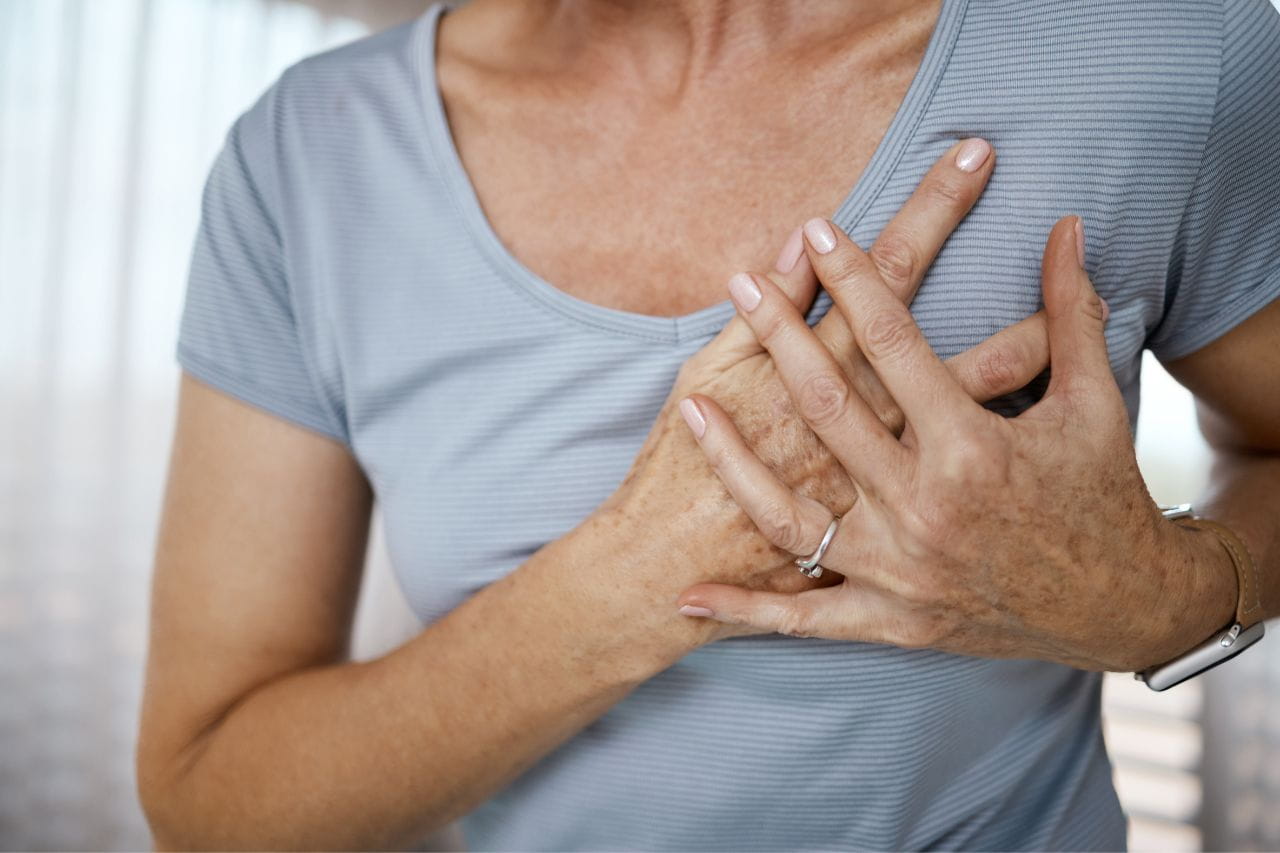What Does Breast Cancer Feel Like?

Schedule a Mammogram
Breast cancer is the second most deadly cancer in American women, with only skin cancer taking a higher toll. Consequently, detecting it and starting treatment as soon as possible is critical.
But that reality leaves women with questions like “What do breast cancer lumps feel like?” and “Do breast cancer lumps hurt?”
This article explains what “normal” breast cancer is like and how breast cancer feels and provides information on other breast cancer warning signs.
Understanding Breast Tissue
When you read about “normal” breast tissue, you’ll often see the word in quotation marks. That’s because the concept of normal doesn’t really apply to breast tissue.
Both women and men have it, and every person’s breast tissue is unique. Breast tissue also tends not to be consistent or uniform in look or feel. Most women say their breasts are lumpy or differently sized. And to make things more complicated, factors like getting their period, gaining or losing weight, having children, and taking certain medications can temporarily or permanently change the way breasts look and feel.
So, the key is understanding what’s normal for you — knowing your breasts will change cyclically and over time. The best way to understand your breasts and breast tissue is to do self-exams regularly. The familiarity you get after many months and years of doing self-exams helps you recognize unusual changes in your breast tissue that could be the result of cancer.
Characteristics of Cancerous Breast Lumps
What does a breast cancer lump feel like? Some of the common characteristics of breast cancer include:
- Being distinct lumps within the breast tissue
- Having angular, irregular, asymmetrical edges
- Being hard
- Being stationary and not easily moved
- Not causing pain
But as with breast tissue, there’s significant variability in breast cancer. So, if you detect something unusual in a breast self-exam, it’s better to have your doctor assess it than to assume it is or isn’t cancer-based on a broad set of criteria.
Differentiating Benign and Malignant Lumps
Two terms used when talking about cancers are benign and malignant. If something is benign, it is not cancer. Something malignant is cancer.
Many of the lumps detected in breast tissue are benign. Some of the ways they differ from malignant masses (described above) include the following:
- They tend to be squishy.
- They may be tender.
- They’re often easy to move around.
- They’re typically smooth.
- They usually have a uniform round or oval shape on a mammogram.
Other Sensations and Warning Signs
When doing breast self-exams, you should check for lumps in your breasts and armpits, but you should also look for:
- Changes to the skin like irritation, bulging, puckering, dimpling, redness, thickening, scaling, swelling, or anything else unusual
- Changes in the shape or size of a breast
- Nipple discharge
- Nipple retraction or change in direction
- Pain in the nipple area
Importance of Early Detection
Doing regular breast self-exams, getting clinical exams, and having mammograms on the schedule recommended by your doctor makes it more likely that any breast cancer that develops will be caught early. And early detection means less invasive treatment and a better outcome.
So, you should see protecting your breast health as a team effort involving you and your doctor, with both of you doing your part to detect any problems in their early stages.
When to Seek a Medical Evaluation
Simply stated: If you detect something unusual in your breast, you should contact your doctor. There are two benefits to taking prompt action. First, if you have breast cancer, you want to begin treating it as soon as possible. Second, waiting and worrying is an approach that isn’t good for your mental and emotional health.
If you have questions about breast cancer, your doctor is happy to answer them. You can also find helpful information on breast health in general on our website.



